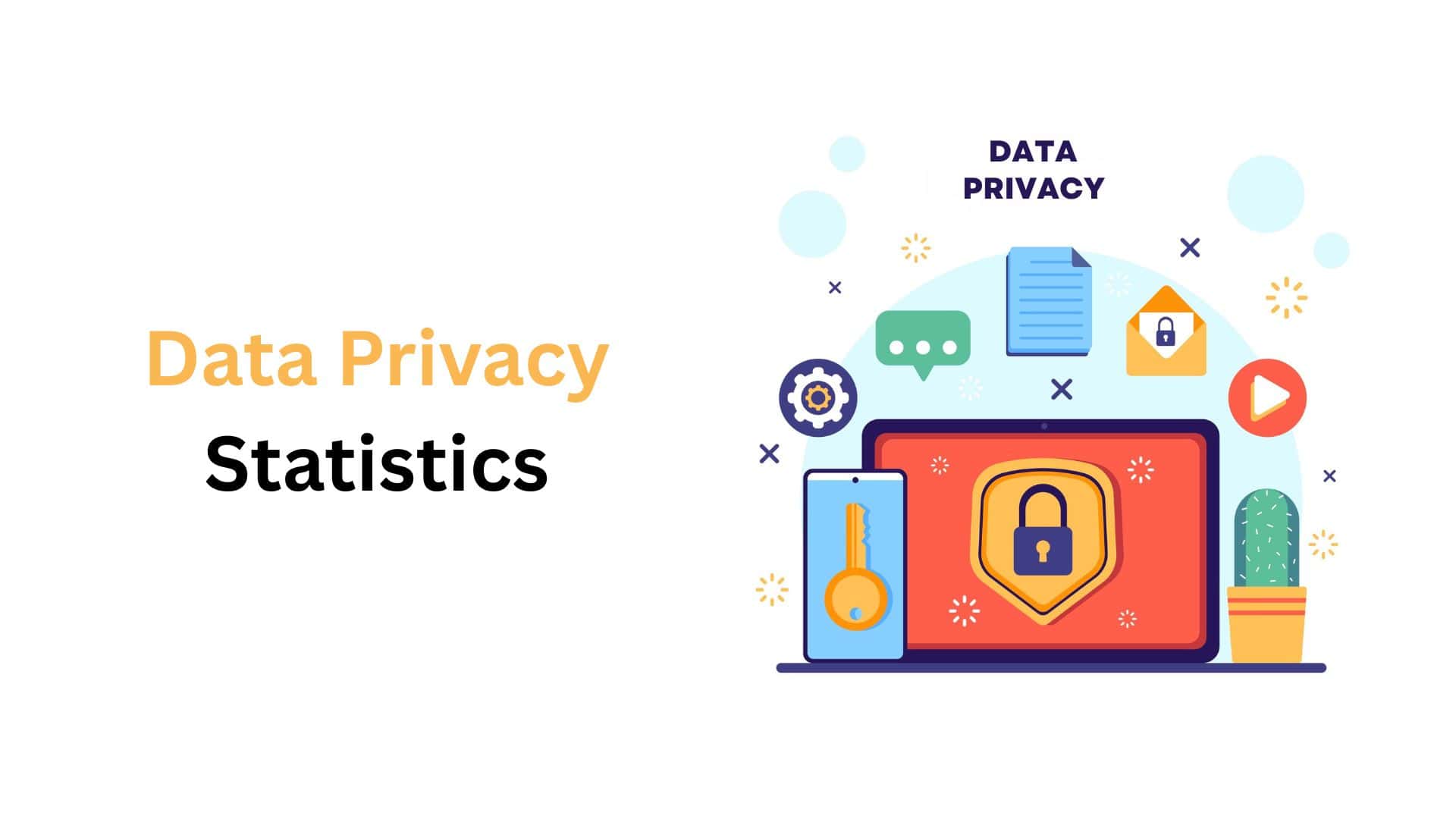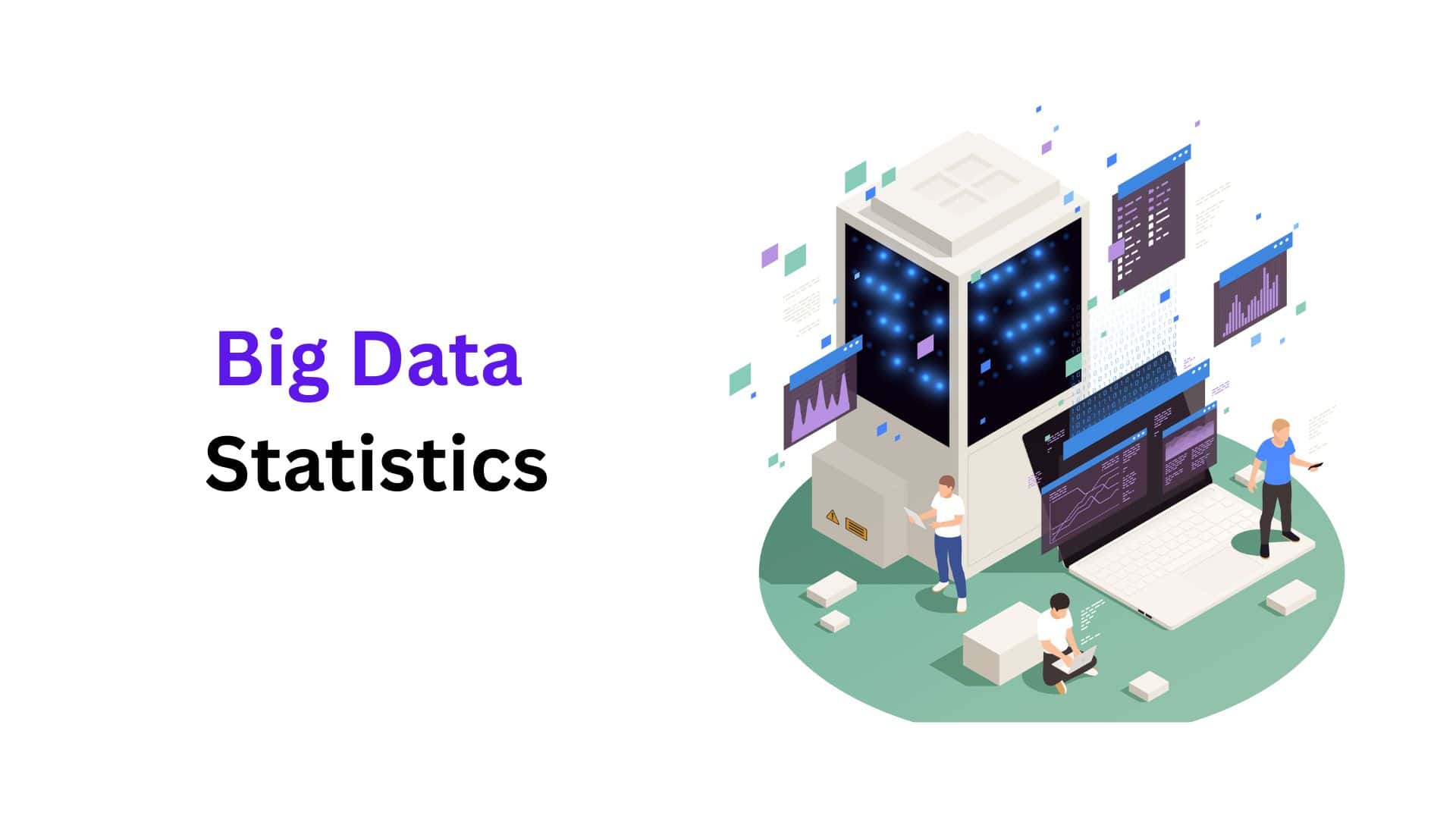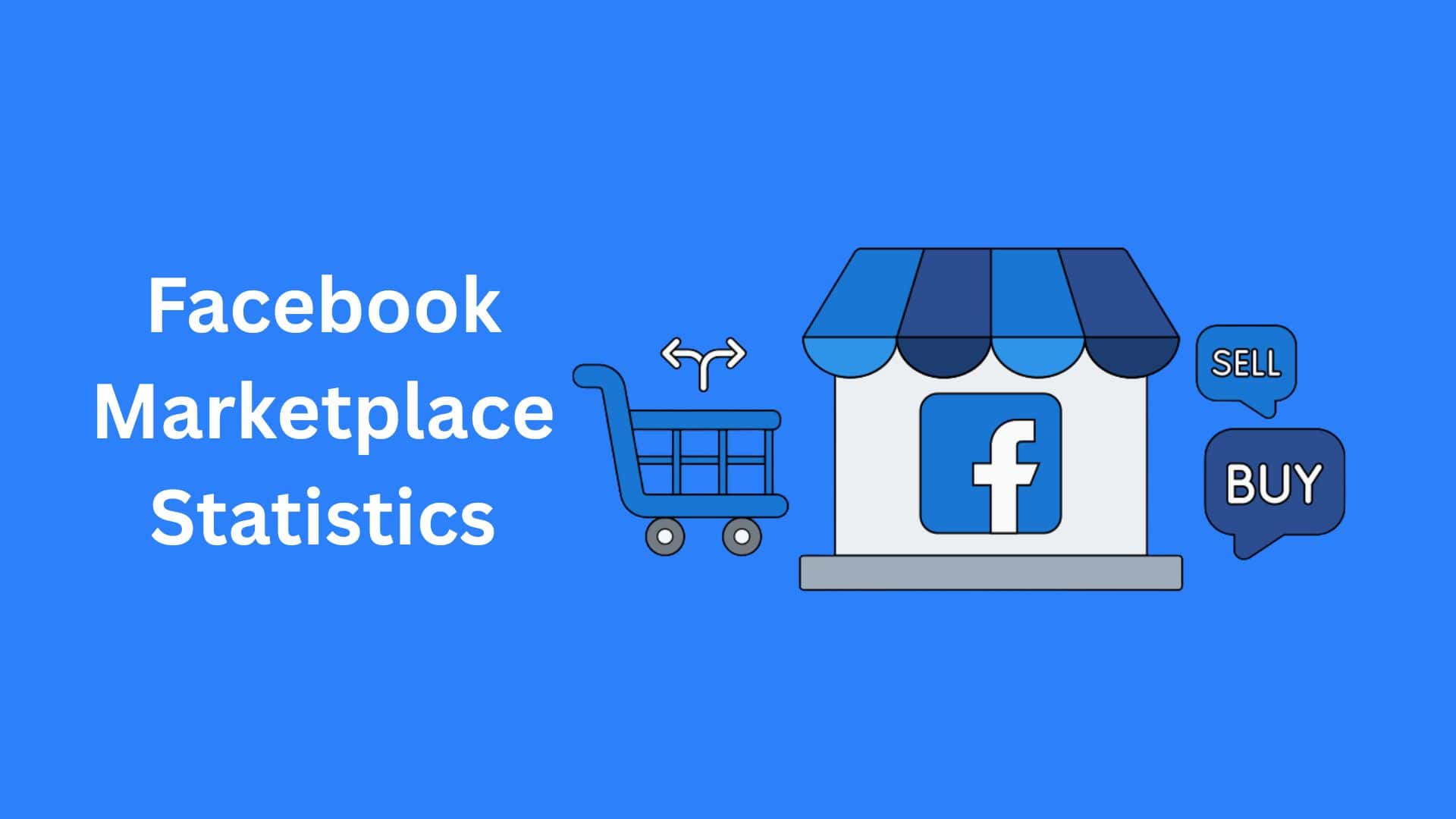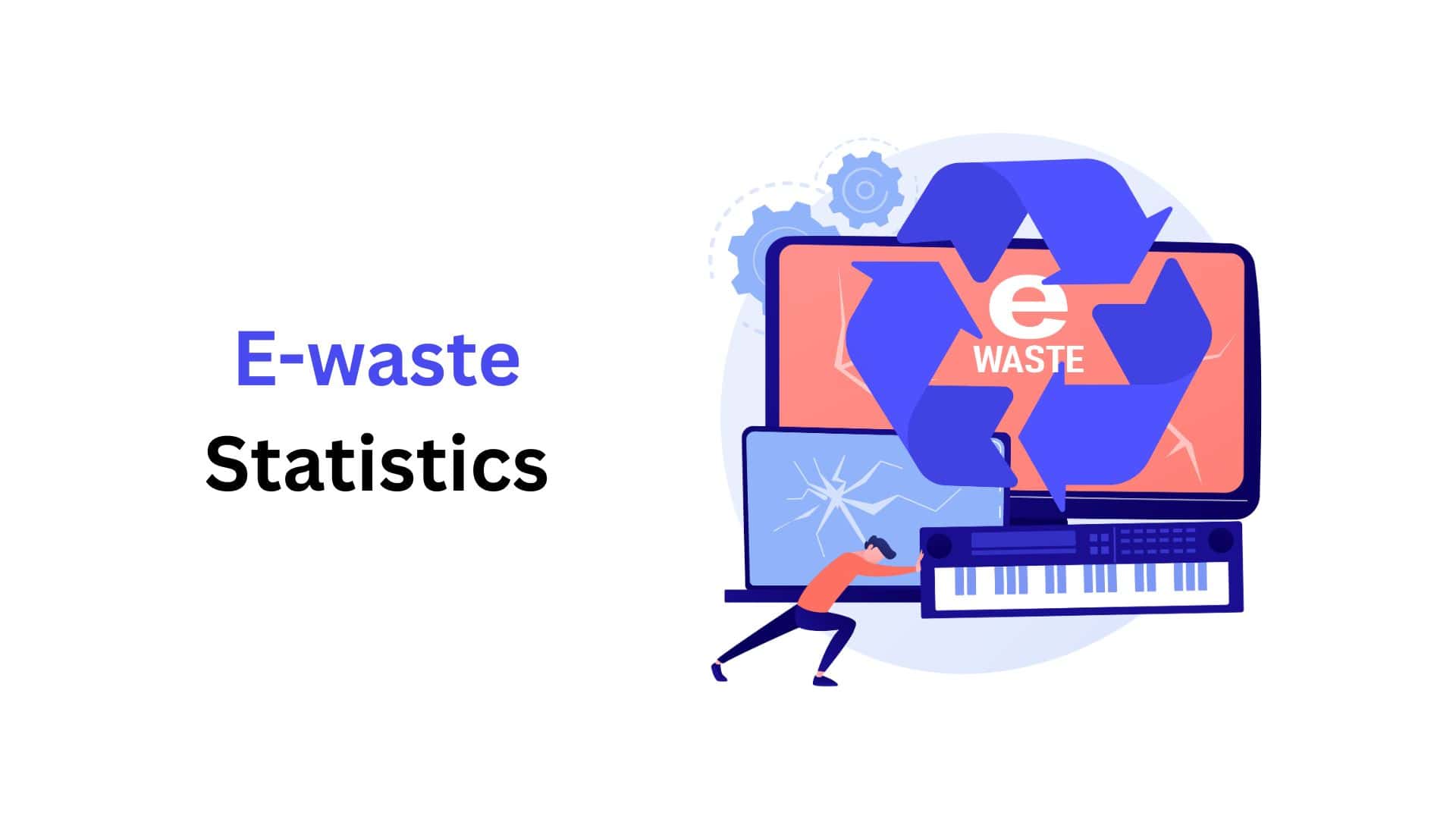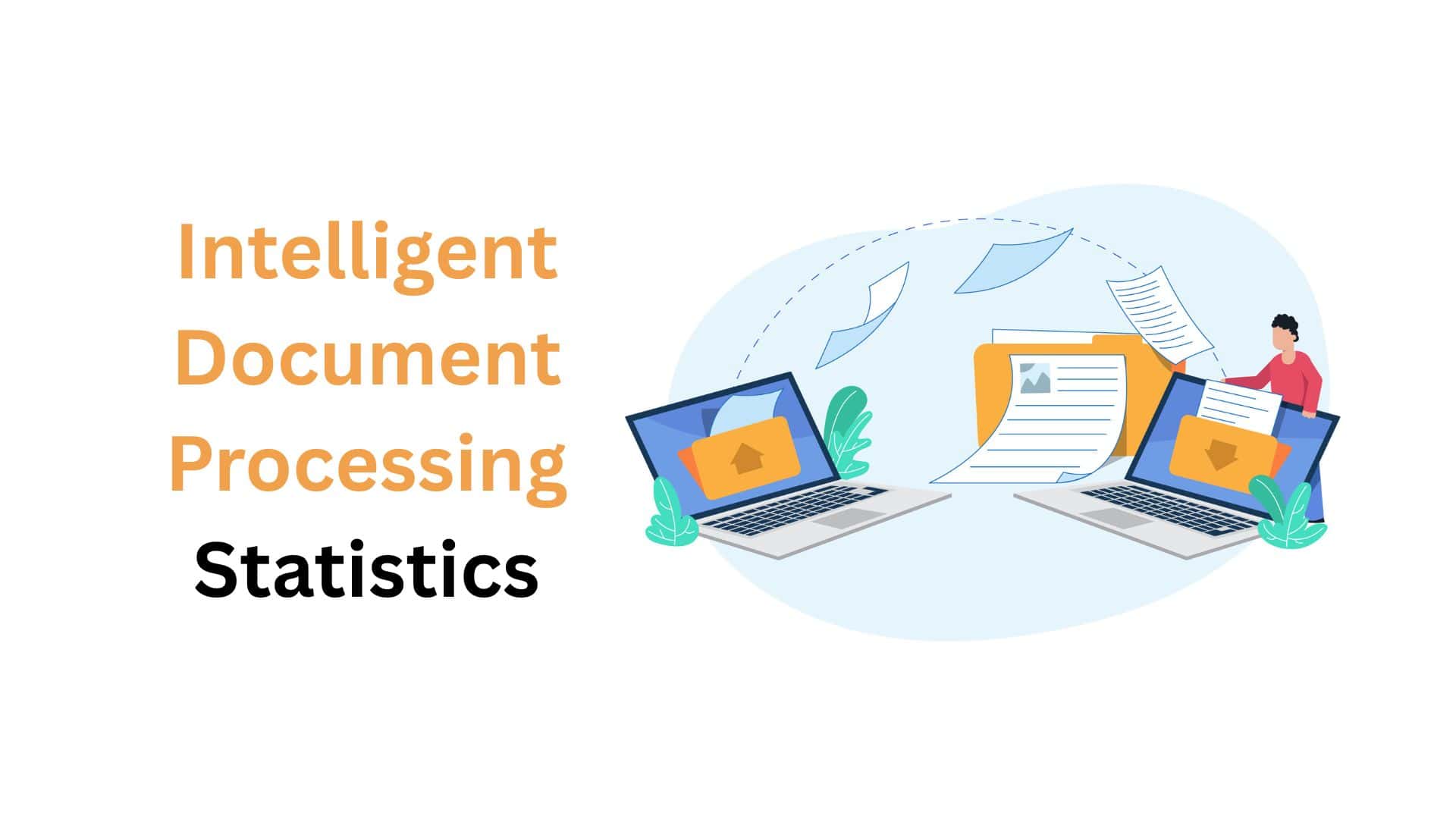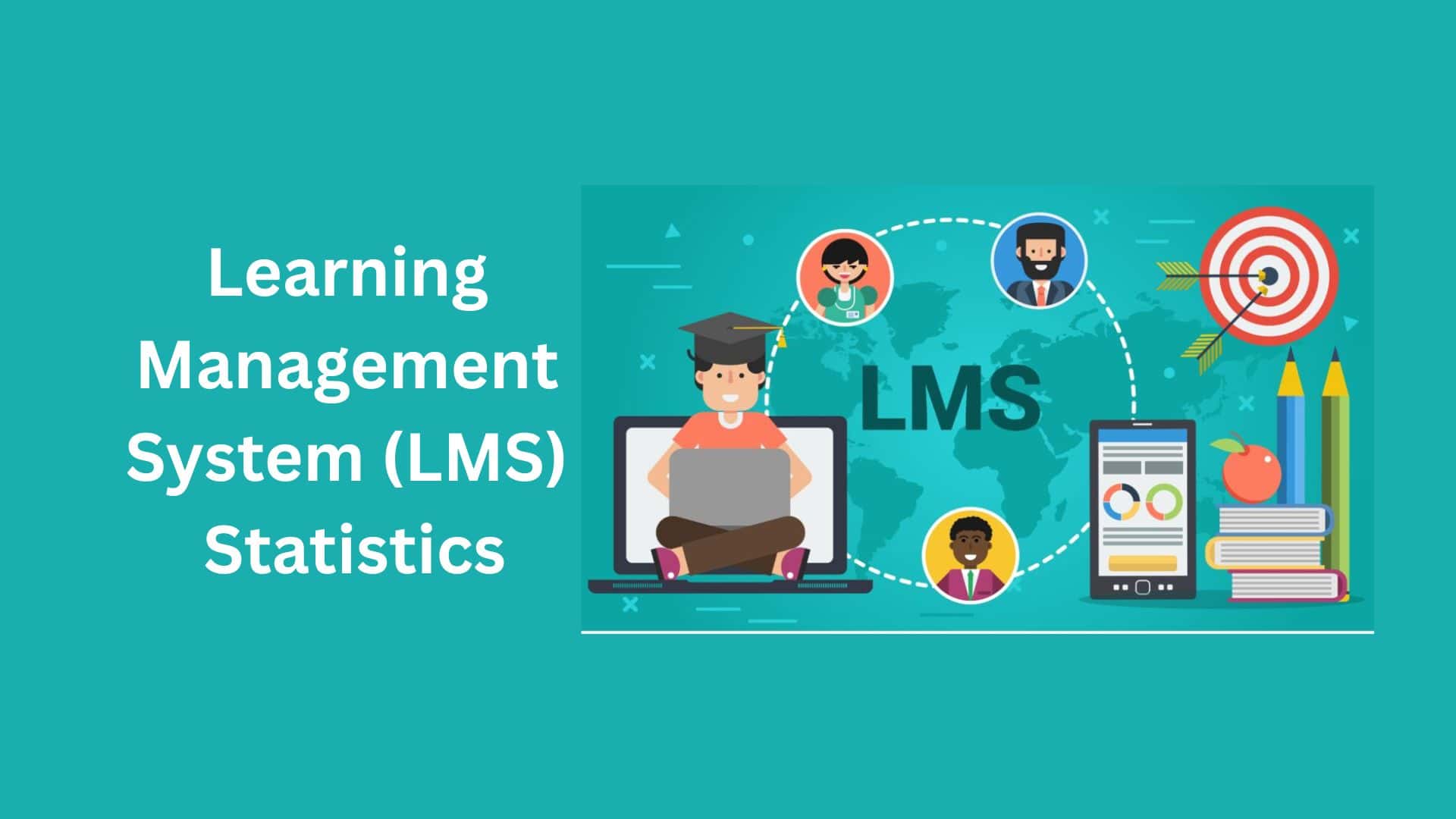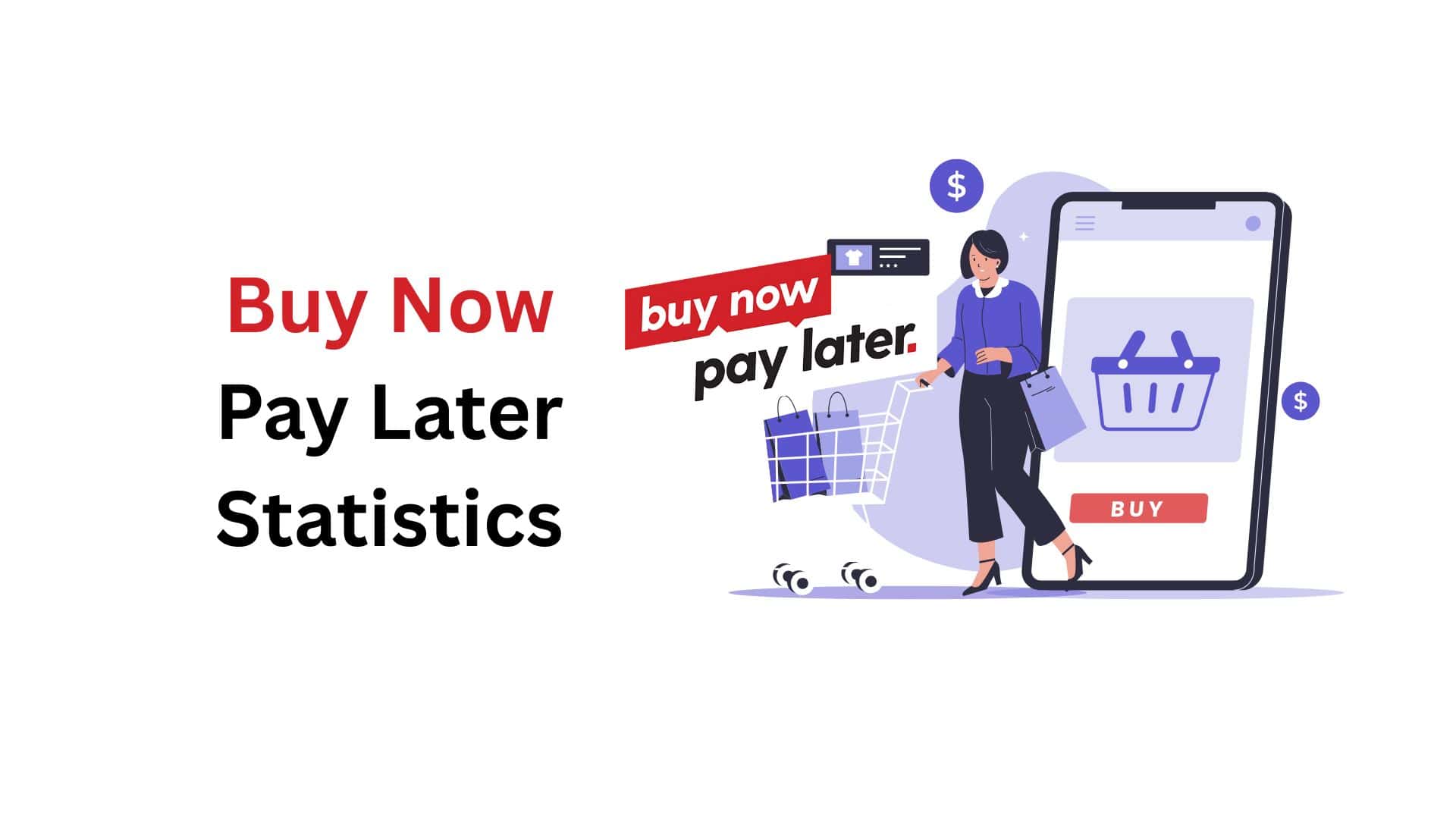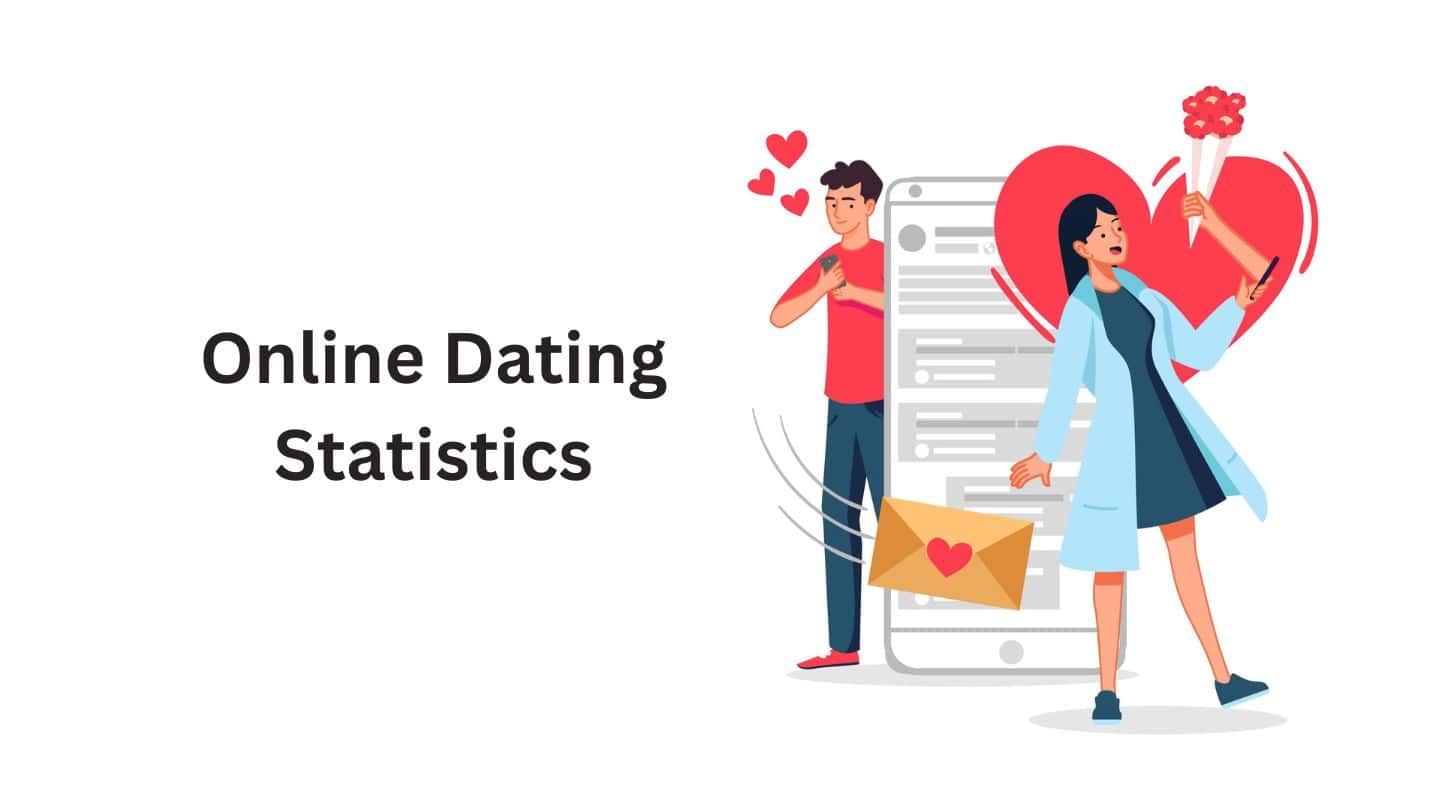B2B Lead Generation Statistics And Facts (2025)

Updated · Aug 13, 2025

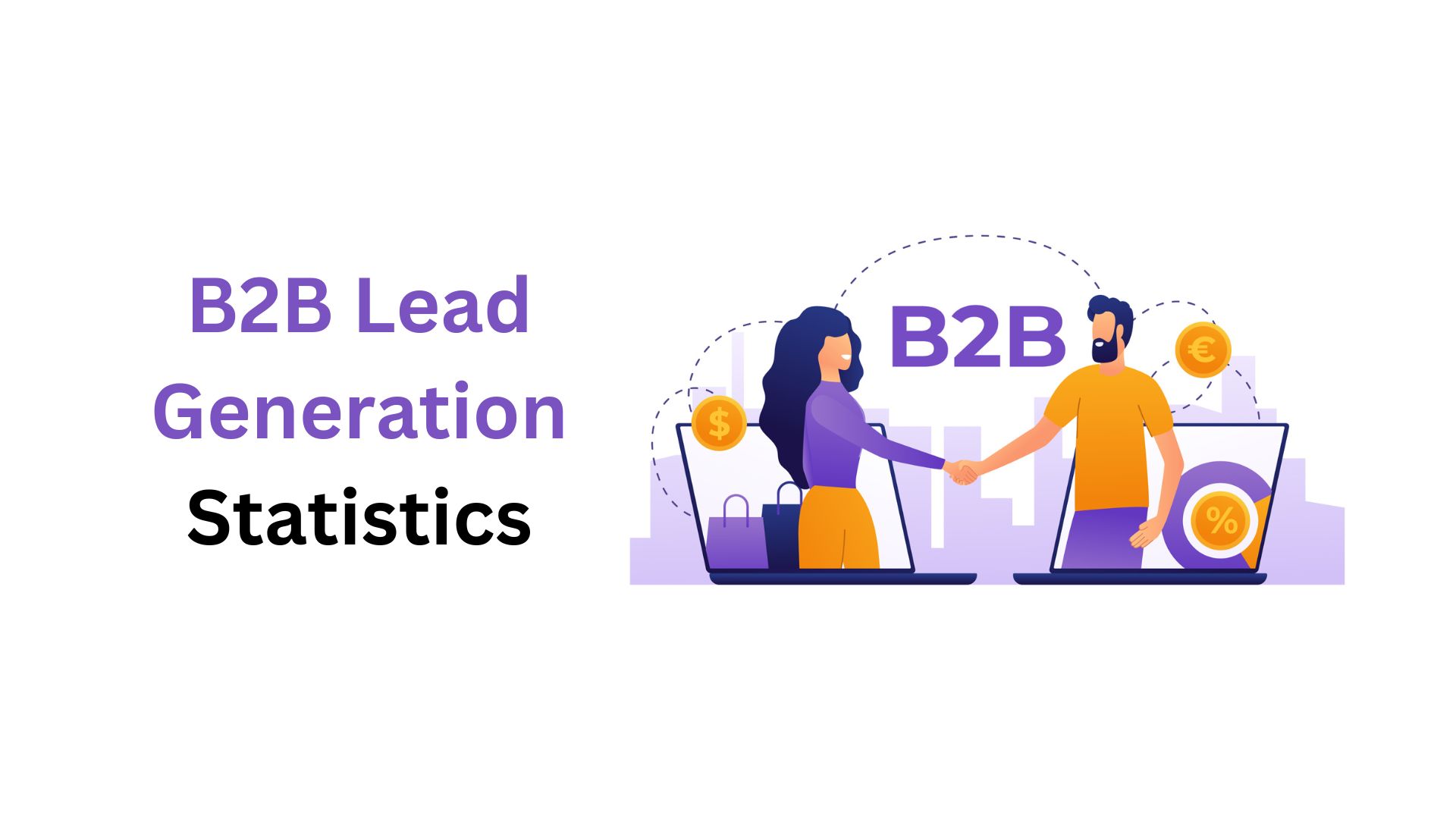
WHAT WE HAVE ON THIS PAGE
- Introduction
- Editor’s Choice
- Origin and Evolution of B2B Lead Generation Statistics
- Channel Metrics and Benchmarks (2025)
- Popular Channels and Usage Insight
- Content and SEO Influence
- Challenges, Lead Quality, and Frictions
- Outreach in Real Life (from forums)
- Buyer Behavior and Strategy Trends
- ROI, Costs, and Inbound Power
- What’s Ahead and Where This Goes
- Conclusion
Introduction
B2B Lead Generation Statistics: So, when we talk about B2B lead generation statistics, I know it sounds all number-heavy at first, but honestly, it’s something we all need to look at if we’re trying to grow anything in the B2B space. I mean, whether you’re running ads, doing email campaigns, or just posting stuff on LinkedIn, if you don’t know what’s working out there, you’re kinda just guessing, right?
That’s why I put together this article. A complete walk-through on B2B lead generation data from what’s happening right now. You’ll get to see which platforms convert better, where most marketers are putting their money, how much a lead costs these days, and even what kind of results people are getting with AI in the mix. And yeah, some of these numbers might surprise you, especially if you’ve been doing the same strategy for a while. Let’s get into it.
Editor’s Choice
- B2B lead tracking began with direct mail and database marketing in the 1980s. Since then, we moved toward CRM dashboards, digital tracking, and now AI-driven real-time metrics.
- The global B2B lead generation services market grew from around USD 7 billion in 2023 to about USD 2 billion in 2025 (11.3 % CAGR), projecting to USD 15 billion by 2031.
- Email conversion averages about 5 % with a cost per lead (CPL) of around $30 to $ 45. LinkedIn ads convert around 3.2 % but CPL climbs to $120 to $ 200, yet leads are high quality.
- Google PPC yields 5 % conversion, CPL $90 to 150. SEO content CR 1.8 %, but cheap CPL ($30 to 60) and builds up over time.
- Webinars convert at 2 %, CPL $60 to 80. Industry-specific CPL: SaaS $237, education $982, etc 89 % of B2B marketers use LinkedIn; 62% say it’s their top source of leads. LinkedIn Lead Gen Forms convert at around 13%, beating landing pages by more than 5x.
- CPL on LinkedIn is about 28 % lower than Google Ads. Around 61% of B2B firms use AI to identify high-converting leads; AI boosts lead-gen efficiency by 45 %, MQLs 25 %, open rates 48 %, conversions 36 %.
- Many (90%) use generative AI daily; 50 % report 50 % more leads/appointments, 40% better conversions, and 87% call AI a top priority.
- Inbound marketing gets positive ROI in a year for 92 % of firms, costs 62 % less per lead, and yields 54% more leads. Inbound-first companies are 13× more likely to see ROI.
- SEO-driven inbound returns about 7× higher ROI than paid ads; inbound generates 126 % more leads and video speeds revenue growth by 49%.
- About 51 % say getting new MQLs is urgent, 30 % say it’s mission-critical; yet only 12% feel they have enough leads.
- 69 % plan to increase lead gen investment; 74 % see content as the most effective strategy; 40 % cite lead quality as the top challenge.
- Multi-channel campaigns reduce CPL by roughly 31 % and improve outcomes. One user noted LinkedIn middle-funnel lead CPL is $50 to 110, but lower-funnel hits $120 to $ 700; if 90% convert, the higher cost is worth it.
- Another shared LinkedIn leads can cost $250 to $ 300 with low conversion (2.6 %), Google leads convert slightly better (4.8 %), but still have low opportunity conversion.
| Category | Key Highlights |
| Market Size & Growth |
$11.2B in 2025, up from $7B in 2023 |
|
Channels & CPL |
Email 6.5% (CPL $30 to 45); LinkedIn 3.2% (CPL $120 to 200); Webinars 11.2% (CPL $60 to 80) |
| Industry CPL |
SaaS $237; Education $982 |
|
LinkedIn Effectiveness |
89% usage; Lead Gen Forms 13% conversion; CPL 28% lower vs Google |
| AI Impact |
Efficiency +45%; MQLs +25%; Open Rates +48%; Conversions +36% |
|
Inbound ROI |
Positive ROI in 1 year for 92%; 62% lower CPL; 54% more leads |
| Challenges |
Only 12% have enough MQLs; 40% cite quality issues |
|
Reddit Reality Check |
Higher CPL justified if conversion downstream is good |
Origin and Evolution of B2B Lead Generation Statistics
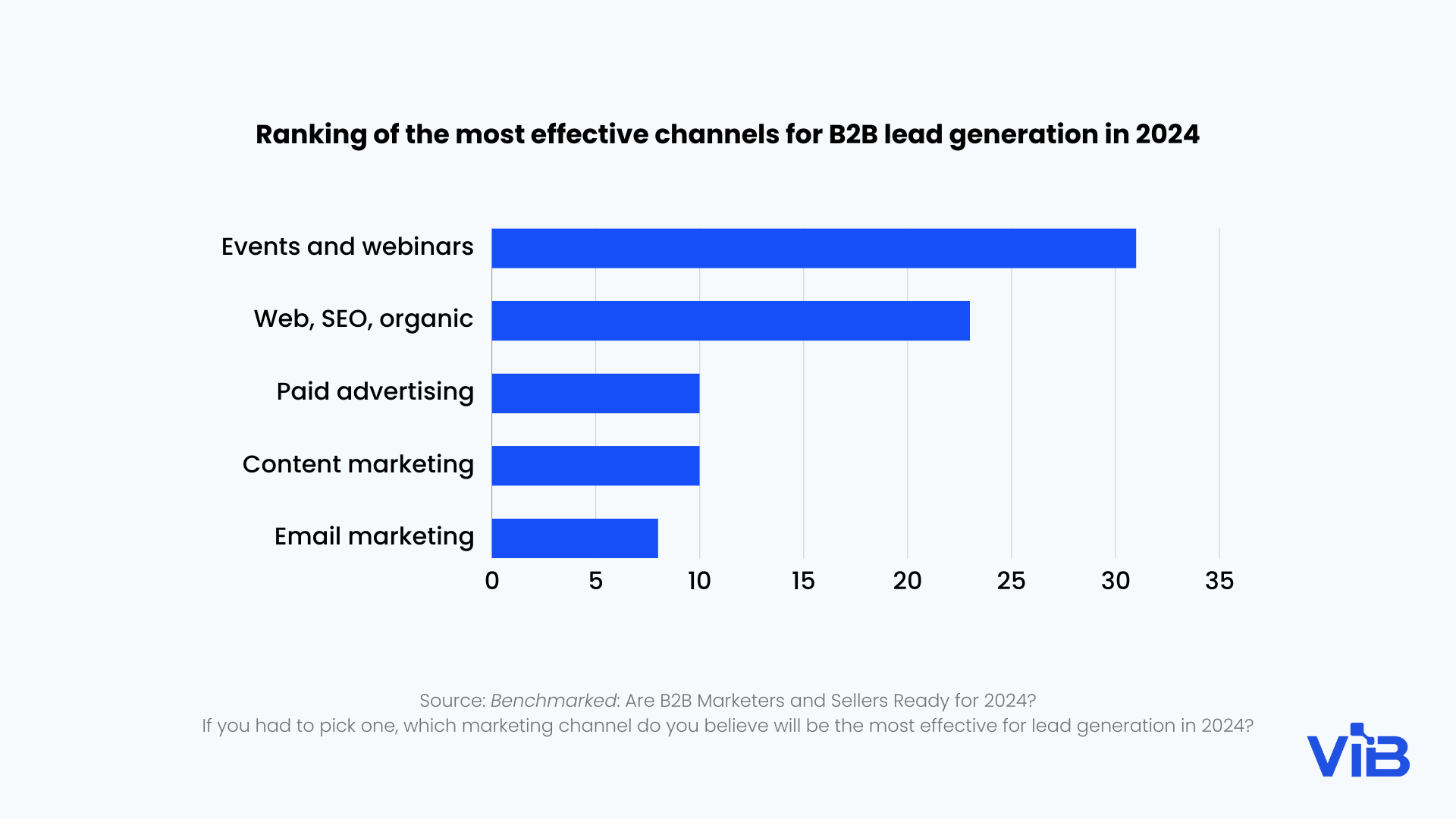
- Back in the day, businesses mailed catalogues and tracked replies; that was raw lead tracking, nothing fancy, just numbers. It was patchy but real.
- In the eighties, database marketing arrived, and people started counting leads in tables and charts. It made lead stats sharper.
- In 2001, SiriusDecisions gave us the Demand Waterfall, with MQLs and SQLs, and lead definitions became clear and widely copied.
- By the 2010s, digital forms and email signups became go-to sources, stats popped up everywhere, on dashboards and reports.
- Businesses started looking at cost per lead and conversion rates; suddenly, lead gen was measurable and metric-driven.
- As inbound took over, SEO and content marketing brought new leads, and we started tracking time to convert and page performance.
- CRMs became central to HubSpot, Salesforce, and Zoho; they tracked every lead move and gave real data, not guesses.
- Agencies benchmarked channels: paid vs organic, they crunched numbers like CPL and ROI per channel and it got real.
- By now, in 2025, AI is mining data in real time. We watch CPL, CR, and MQL to SQL rates minute by minute.
- Tools auto-generate reports; it’s not perfect, but it’s fast. This is B2B Lead Generation Statistics now, alive and data-heavy.
| Era | Milestone |
| Pre 1980s | Mail catalog lead tracking |
| 1980s to 2000s | Database marketing and demand waterfall |
| 2010s | Digital forms, SEO, and CRM tracking |
| 2025 | AI, real-time tracking, dashboards |
Channel Metrics and Benchmarks (2025)
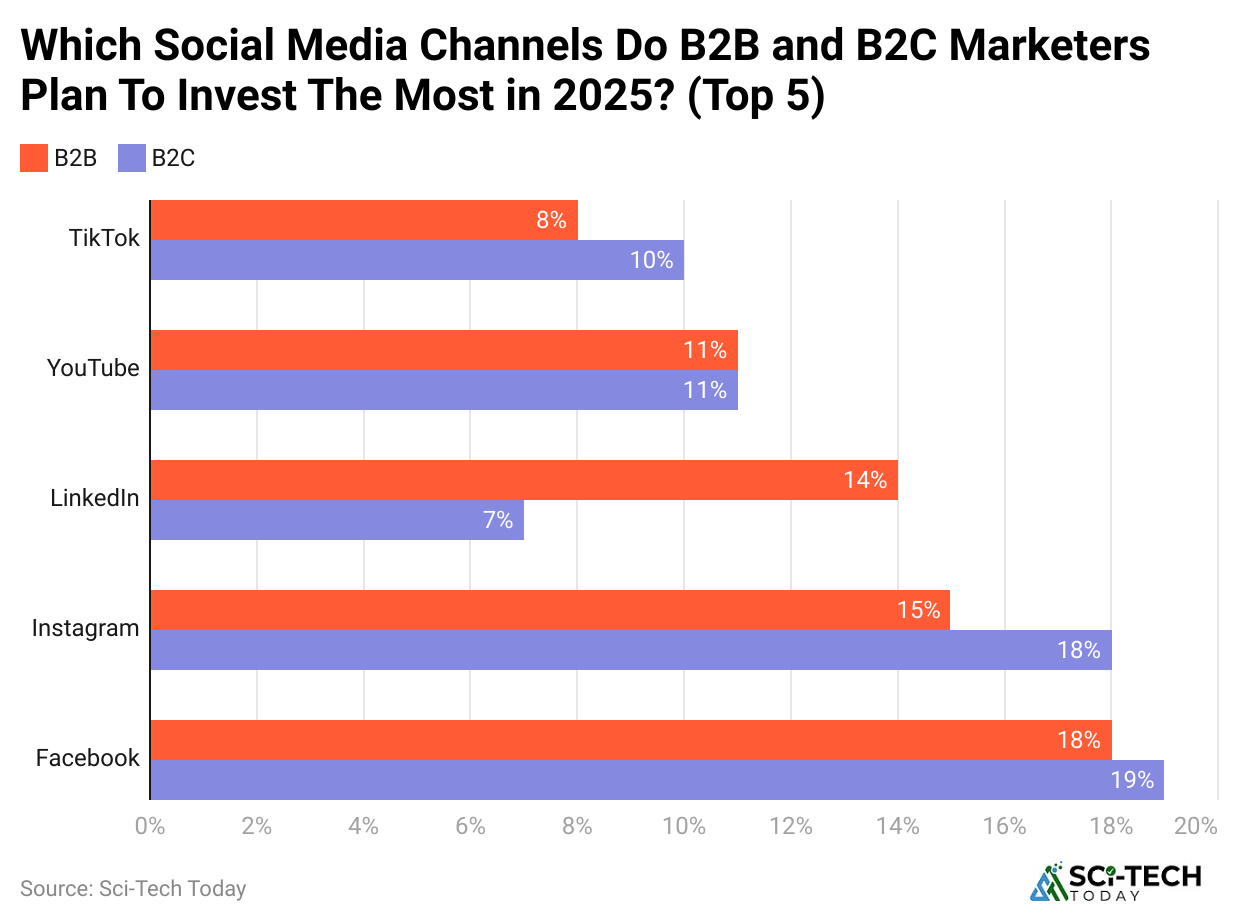
- Email marketing still punches: average conversion sits around 6.5 percent. Not a magic number, but solid.
- Cost per lead via email hovers around 30 to 45 dollars, depending on industry and message.
- LinkedIn advertising conversion sits near 3.2 percent. It’s a pricey lead gen, but business-targeted.
- CPL on LinkedIn is steep, 120 to 200 dollars. You pay for access to decision makers, mostly.
- Google Search Ads convert about 4.5 percent, with CPL around 90 to 150 dollars for search intent buys.
- SEO content marketing CR is lower, often 1.8 percent, but CPL is decent, 30 to 60 dollars.
- Webinars deliver high CR, usually around 11.2 percent, CPL about 60 to 80 dollars, and save time and money.
- Organic social media CR is modest, around 1.2 percent, but the cost is zero beyond effort.
- Industry breakdown: SaaS sees 5.1 percent CR, healthcare 3.8, finance 4.5, manufacturing 2.7, services 6.0, showing variation.
- A visitor to lead conversion of 5 percent is great; 2 to 5 percent is average, and under 2 percent needs work.
| Channel | CR (%) | CPL ($) |
| 6.5 | 30 to 45 | |
| LinkedIn Ads | 3.2 | 120 to 200 |
| Google PPC | 4.5 | 90 to 150 |
| SEO Content | 1.8 | 30 to 60 |
| Webinars | 11.2 | 60 to 80 |
| Organic Social | 1.2 | negligible |
Popular Channels and Usage Insight
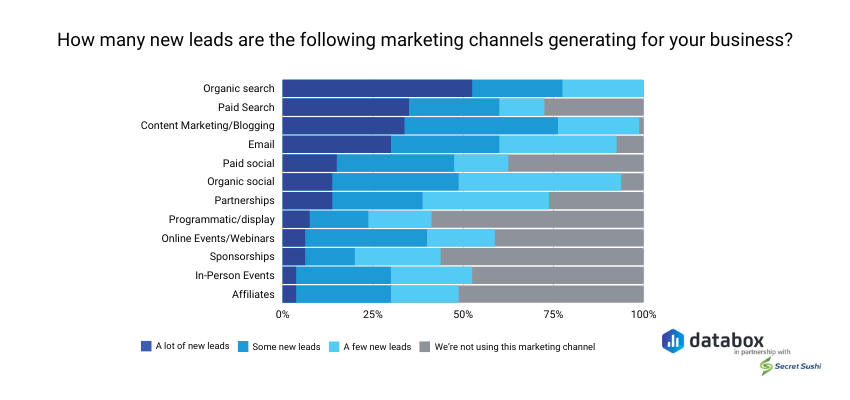
- About 87 percent of B2B businesses use email for lead generation. It just works, even if it feels old.
- LinkedIn is used by 89 percent for leads; it’s where business people hang.
- Around 65 percent use paid social ads, mostly LinkedIn or Facebook, pulling in new contacts.
- Cold calling still gets used by 37 percent. Some say it’s old school, but it still lands leads.
- In-person events are rated as most effective by 65 percent of businesses that believe face-to-face things still matter.
- Website marketing counts for 55 percent of effectiveness. A good site still draws in leads.
- Email rated effective by 51 percent, not surprising given reach and data.
- 76 percent run webinars with goals to generate leads and push sales, which is multitasking.
- Top performers generate 2.5 times more high-quality leads than average firms.
- Lead quality is a top issue, as 40 percent quantity doesn’t mean value if it’s not good.
| Channel / Tactic | Usage or Impact |
| 87% use | |
| 89% use | |
| Paid Social | 65% use |
| Cold call | 37% still rely |
| Events | 65% say most effective |
| Webinars | 76% run them |
Content and SEO Influence
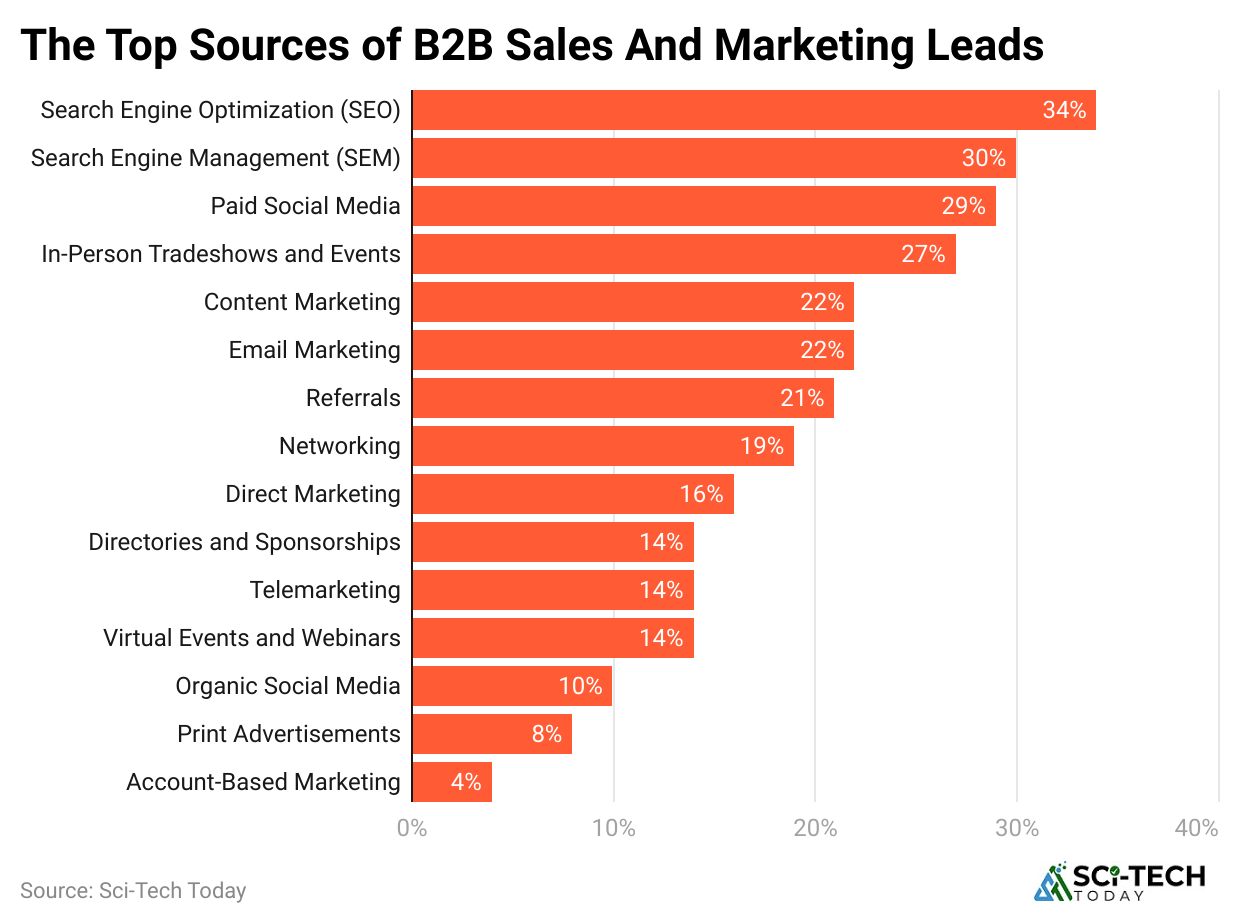
- Content marketing makes up around 51 to 80 percent of lead acquisition for many. It’s bread and butter.
- Blogging gives firms about 67 percent more leads each month. Words still convert.
- SEO is cited as the top source of high-quality leads, with about 35 percent coming from organic search.
- Referrals follow closely, 30 percent of top-scoring leads come via referrals word of mouth still matters.
- 80 percent of marketers deploy content for lead generation because it builds trust and awareness.
- 49 percent outsource lead generation, and many don’t want to handle it internally.
- Leads that are nurtured (like via email drip) are bought 47 percent more often than cold leads.
- Companies with mature lead gen processes get 133 percent more revenue, and the process pays off.
- 76 percent of marketers rely mostly on content marketing for leads that make sense.
- SEO plus content drives rich pipelines, especially long-term, compared to short ad bursts.
| Tactic | Usage / Impact |
| Content | 51 to 80% rely on it |
| Blogging | +67% leads |
| SEO | 35% high-quality leads |
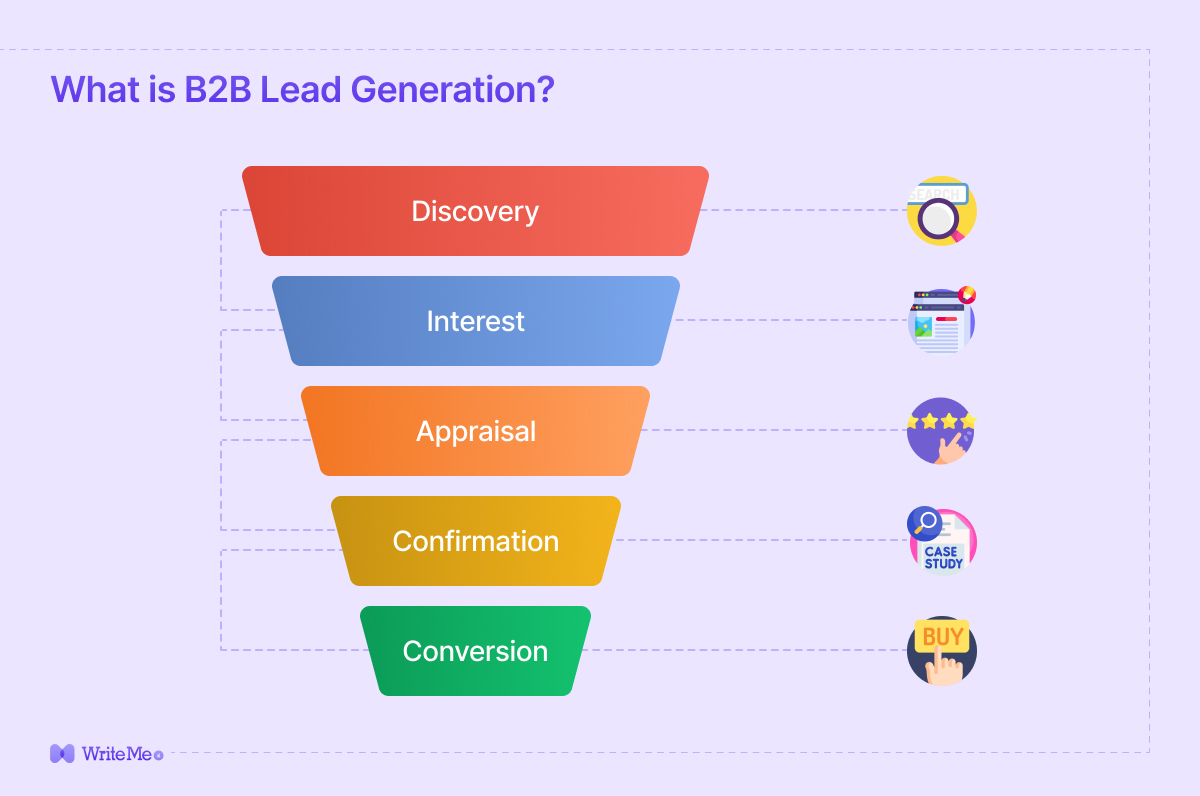
- AI tools bump conversion rates by around 35 to 40 percent, and automation shows results.
- 53 percent use AI chatbots to qualify leads. Bots handle the basics, humans handle the rest.
- 40 percent say AI scoring lifted lead quality noticeably, yet it’s about smart filters.
- 90 percent of AI users say it makes content better, and 67 percent say it’s faster, math and words.
- 50 percent of execs expect AI to change lead identification a lot. AI is shifting how we spot prospects.
- 87 percent say AI is now a top priority in their strategies. It’s not just cool, it’s core.
- Generative AI chat-like tools are used 90 percent daily in some firms for writing, strategy, and leads.
- 71 percent of organizations already use generative AI for lead gen or content.
- AI budgets are rising, with 88 percent planning to spend more money on talking.
- Personalized AI-powered emails get 4 to 10 times higher response rates. That kind of lift matters.
| AI Use Area | Impact / Adoption |
| Conversion lift | +35 40% |
| Lead quality | +40% |
| Content & speed | 90% say better, 67% say faster |
| Personalized emails | 4 10× more responses |
Challenges, Lead Quality, and Frictions
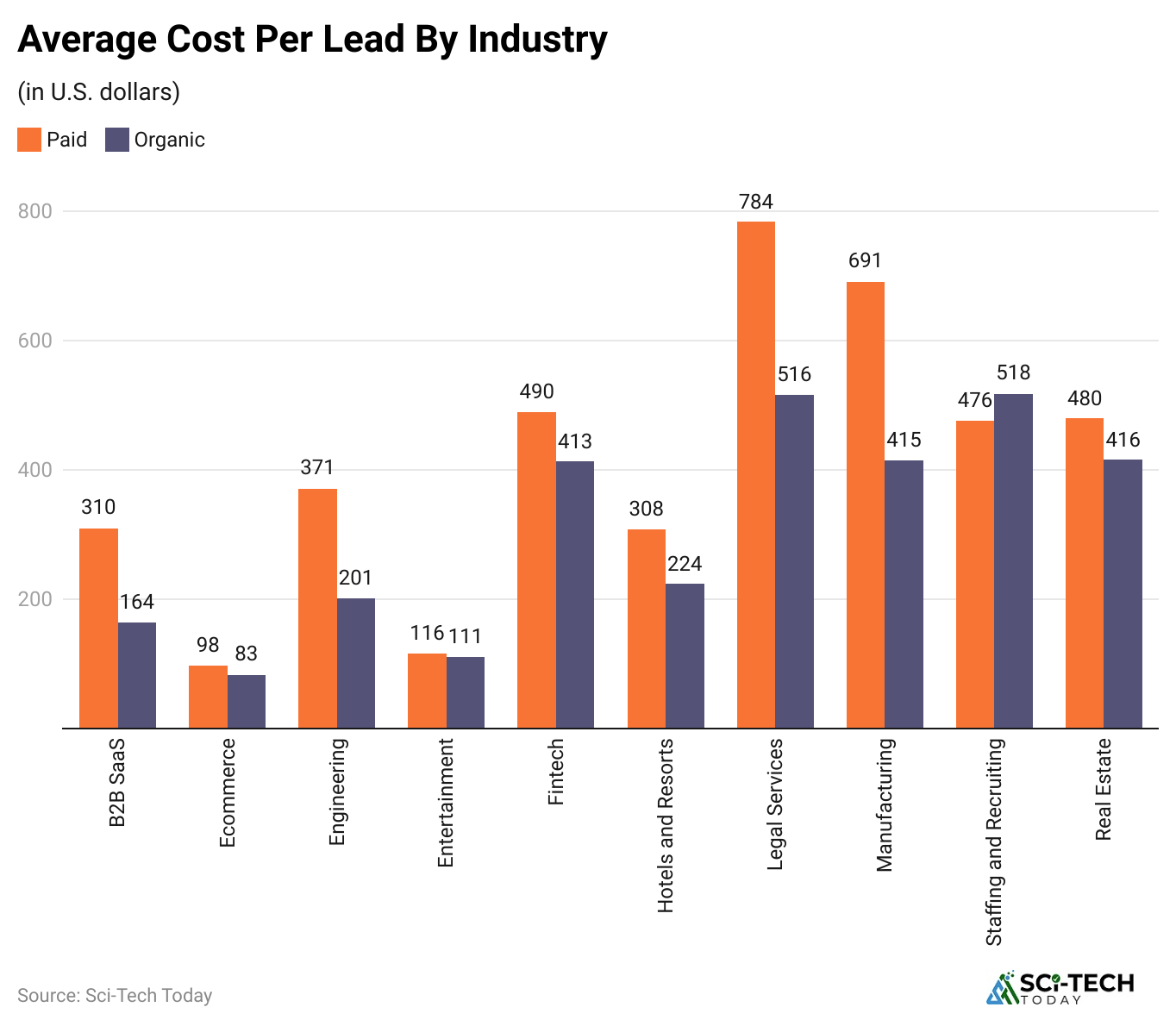
- Solid 58 percent say finding good quality leads is the hardest part, even when volume’s there.
- Nurtured leads are 50 percent more likely to be sales-ready and cost 33 percent less.
- 91 percent of marketers say lead generation is still a top business priority.
- 42 percent complain about low-quality or irrelevant leads, which is wasted time.
- 45 percent say they simply don’t get enough leads to hit pipeline goals.
- Decision-making in B2B is complex; one in five has a “decision unit” of six or more people.
- Buyers still prefer email outreach: 73 percent say it’s still their go-to.
- Multi-channel campaigns drop cost per lead by about 31 percent and spread out risk.
- 70 percent of businesses say lead quality matters more than quantity makes sense.
- 52 percent of B2B buyers are swayed by personal motives, not just business needs.
| Issue or Insight | Stat or Impact |
| Quality leads | 58% say it’s toughest |
| Nurturing benefit | +50% sales-ready leads, −33% cost |
| Lead gen priority | 91% say it’s vital |
Outreach in Real Life (from forums)
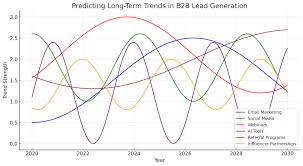
- A Redditor said, “In-person cold calling booking rates reach 15 to 20 percent, while cold email barely 2 to 5 percent,” showing that personal touch still wins.
- Some folks swear by niche SEO sites, converting steadily, 2 to 3 percent is enough to keep the pipeline alive.
- AI personalized intros turned response rates from around 3 percent up to 12 percent. Numbers don’t lie.
- Multi-channel, personalized outreach (email + events + warm intros) still works best in real conversations.
- People say consistency beats flashy, steady small conversions outlast one big campaign.
| Tactic | Impact or Insight |
| In-person calling | 15 to 20% booking vs 2 to 5% email |
| Niche SEO | 2 to 3% steady conversions |
| AI personalization | Responses climbed to 12% |
Buyer Behavior and Strategy Trends
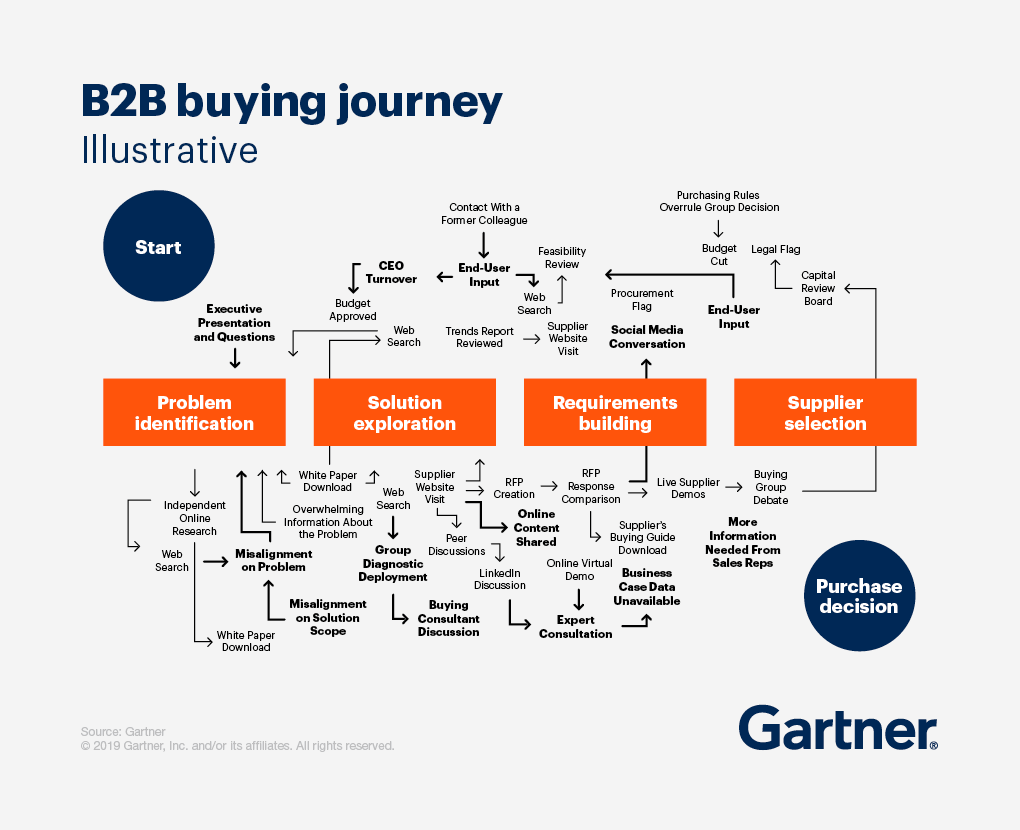
- Around 80 percent of B2B engagements now happen digitally buyers expect online everywhere.
- Using multi-channel tactics lowers CPL by about 31 percent. Email, LinkedIn, and PPC together pay off.
- 76 percent of marketers say good content is key to reaching prospects. Stories still matter.
- 52 percent of buyers have personal motivation behind decisions, not just professional needs.
- 64 percent of companies outsource lead generation. They want experts to do the heavy lifting.
- LinkedIn drives 89 percent of B2B leads, and the business platform stays dominant.
- Regular blogs boost lead counts by 67 percent. Content pipelines matter.
- 73 percent of buyers still say email is their preferred way to hear from sellers.
- Competition is growing. 45 percent say it’s harder to stand out these days.
- An adaptive, personalized strategy is the way forward, not one size fits.
| Trend or Behavior | Stat or Insight |
| Digital interaction | 80% of B2B |
| Multi-channel CPL lift | −31% |
| Outsourcing lead gen | 64% of companies |
ROI, Costs, and Inbound Power
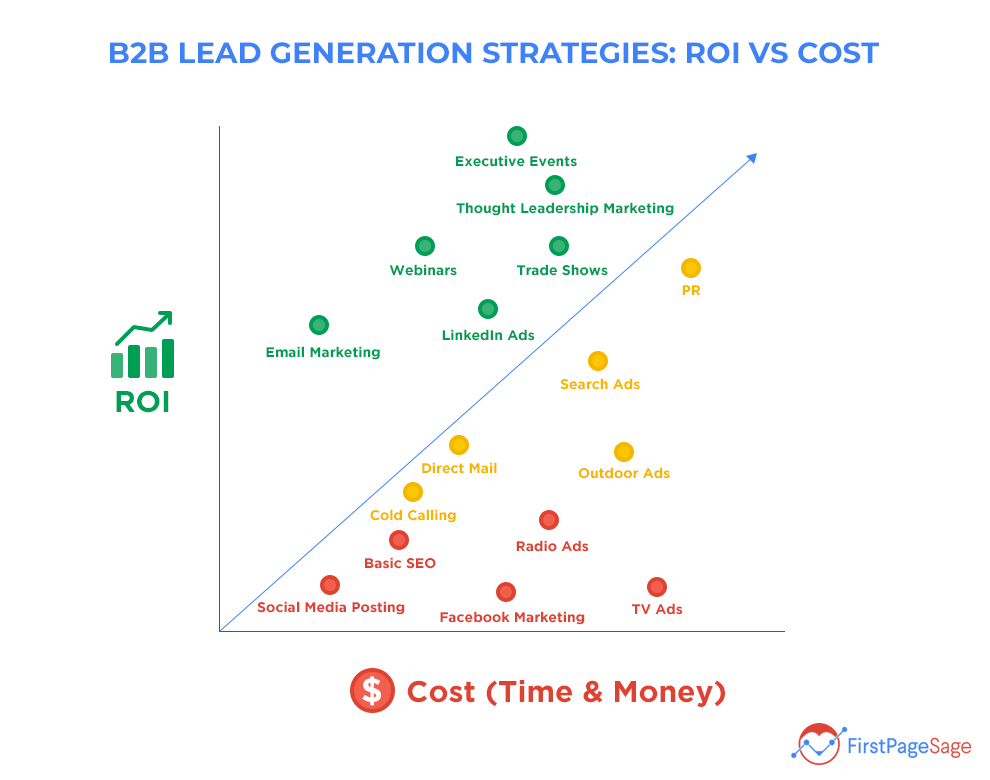
- Inbound marketing shows positive ROI within one year for about 92 percent worth the effort.
- Inbound costs 62 percent less per lead than outbound economical and effective.
- Inbound generates 54 percent more leads than traditional methods it scales.
- Inbound-first companies are 13 times more likely to see strong ROI proof in numbers.
- Content-based inbound conversion is about 3× higher than old approaches.
- Companies using inbound show 47 percent lower CPL, and savings grow.
- SEO-driven inbound delivers roughly 5.7× higher ROI versus paid ads organic works long-term.
- 86 percent say inbound delivers better lead quality and makes the funnel smoother.
- Inbound yields 126 percent more leads than outbound volume and value together.
- Adding video content speeds revenue growth by about 49 percent.
| Metric or Benefit | Inbound Advantage |
| ROI within a year | 92% achieve it |
| Cost savings per lead | −62% |
| Lead volume | +54% inbound vs outbound |
| Video-driven revenue growth | +49% |
What’s Ahead and Where This Goes
- AI is now the top thing nearly every business prioritizes for lead gen, 87 percent say so.
- 71 percent of companies already use generative AI to help with content and leads.
- 90 percent of users engage with generative AI every day; it’s part of the daily workflow.
- 88 percent expect their AI budgets to expand; it’s not a flash in the pan.
- 66 percent say AI agents made them work more efficiently, smarter, not harder.
- Companies using AI tools saw sales revenue rise by about 15 percent, proof of impact.
- Personalized outreach powered by AI gets 4 to 10 times better responses and tailored work.
- Younger buyers expect AI-driven personalization; it’s become the norm.
- 33 percent already use generative AI specifically for personalizing messages.
- Those who embrace AI fast will be the lead gen leaders over the next few years.
| Trend or Forecast | Stat / Insight |
| AI priority | 87% of businesses |
| Gen AI adoption | 71% currently using |
| Revenue impact | +15% with AI tools |
Conclusion
Alright, so that’s pretty much the full picture when it comes to B2B lead generation statistics right now. I know it’s a lot of data, but that’s kind of the point. You can’t just go with gut feelings anymore; the market’s too competitive for that. You need to know what works, where others are getting their results from, and what’s worth putting your time and money into.
What we’ve seen is this lead gen isn’t one-size-fits-all. Some companies are getting insane results from email, while others are doubling down on LinkedIn or SEO. And yeah, AI is changing the game, but not in some magic push-a-button way. It still takes planning and actual work.
Anyway, if you’re serious about building a proper funnel, scaling B2B sales, or just trying to stay ahead, these B2B lead generation statistics are what you should keep checking back on. Because this stuff changes fast.
What worked last year might flop this year. So don’t just collect leads. Track the data, test what fits your brand, and yeah, keep your strategy sharp. That’s it. Hope you got something useful out of all this. If you have any questions, kindly let me know in the comments section.
FAQ.
Typically, it’s around 2.9 %, meaning only a small portion of leads convert to actual sales.
Estimates hover around a few billion dollars projected to grow steadily through the late 2020s.
A 2017 report estimated about 1,877 raw leads monthly, though this varies by industry and budget.
Definitely those that blog get around 67 % more leads than companies that don’t.
It’s huge 91 % of B2B marketers say it’s their top priority.
Organic search and social (especially LinkedIn) are big players. Around 27 % say search, 21 % say organic social, with referrals close behind.
On average, 6 to 10 decision-makers are part of the buying process.
Yes they’re used by about 68 to 86 % of B2B firms to capture leads with targeted messaging.
They check out roughly 3 to 5 pieces, and often up to 13 pieces, before engaging with a sales rep.
Ideally within 5 minutes leads are 9 times more likely to convert if contacted that fast

Jeeva Shanmugam is passionate about turning raw numbers into real stories. With a knack for breaking down complex stats into simple, engaging insights, he helps readers see the world through the lens of data—without ever feeling overwhelmed. From trends that shape industries to everyday patterns we overlook, Jeeva’s writing bridges the gap between data and people. His mission? To prove that statistics aren’t just about numbers, they’re about understanding life a little better, one data point at a time.

